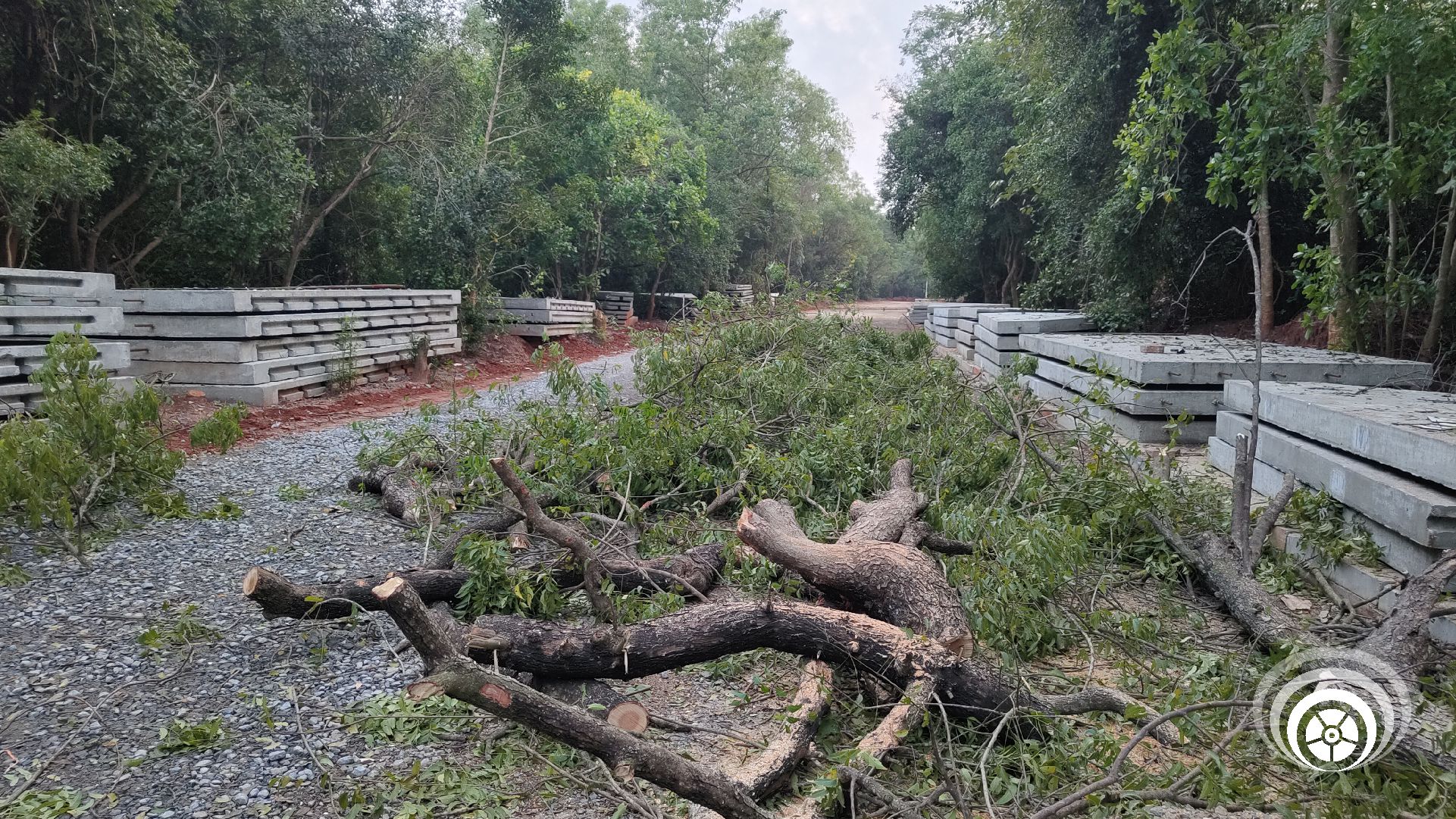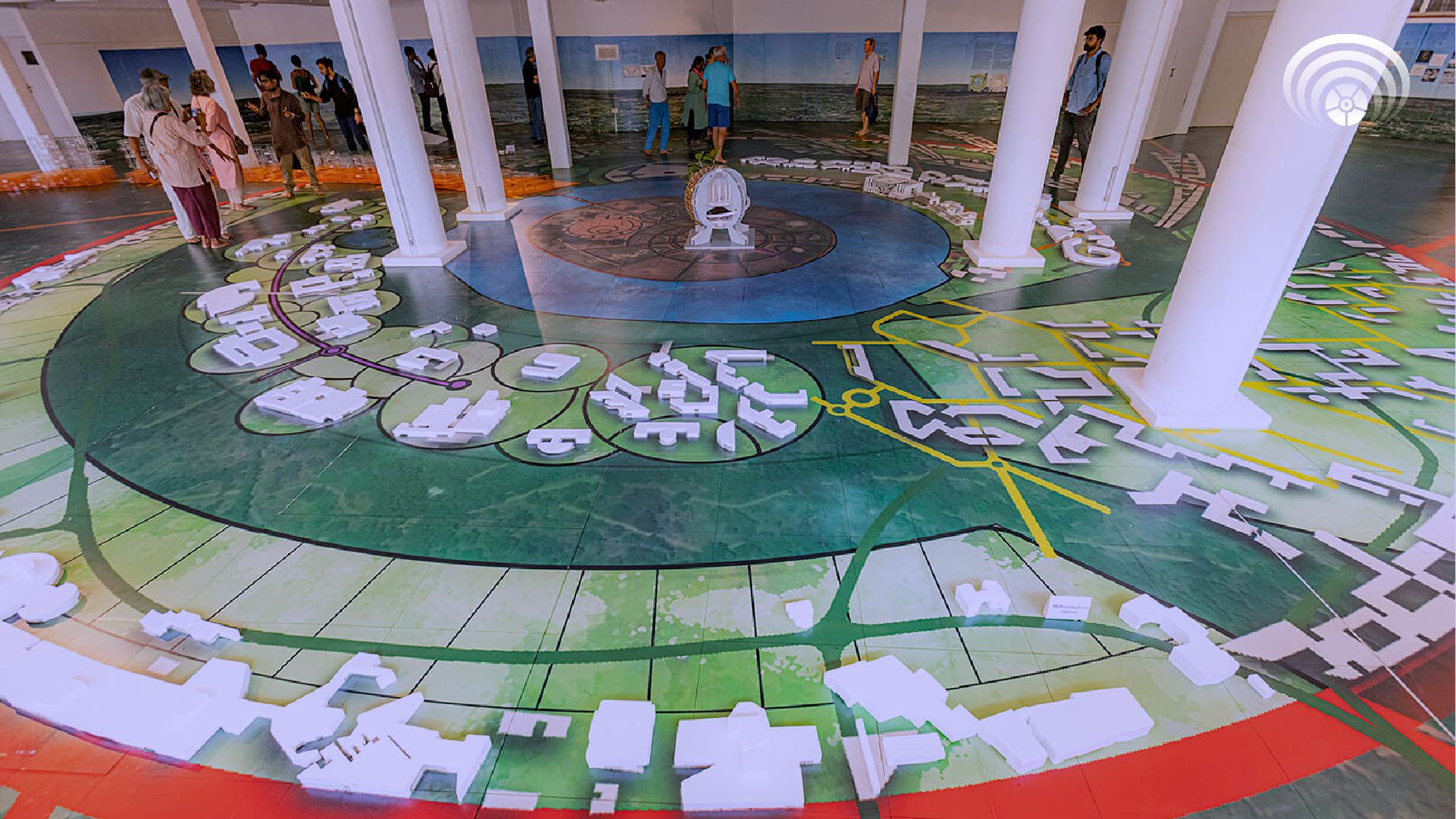Unveiling the Facade: A Closer Look at Auroville’s Tree Dismantling Story.
Continue readingEmbracing Reality
Amidst recent tree felling along Auroville’s Crown Road, the concerns offer an opportunity for unity and positive vision. While acknowledging the loss, the focus on minimal tree removal for the Master Plan aligns with Auroville’s commitment to conscious living, resilience, and sustainable urban planning.
Continue readingOrganizational Structure of Auroville: Building Galaxy City
Auroville, the international township in Tamil Nadu, India, operates on a unique organizational structure known as Galaxy City. In this article, we delve into the intricacies of Auroville’s organizational model, exploring the concept of Galaxy City and how it forms the backbone of this experimental community.
Continue readingThe Challenges in Developing the City for Future: Auroville’s Journey Forward
Auroville, the visionary international township in South India, continues to blaze a trail towards a sustainable and harmonious future. This article explores the challenges faced in developing Auroville for the future and the community’s unwavering commitment to overcoming them, paving the way for a better world.
Continue readingGalaxy City’s Educational and Healthcare Facilities: Enriching Auroville’s Lifestyle
Galaxy City isn’t just about urban development; it’s a holistic approach to a better way of life. This article explores the educational and healthcare facilities within Galaxy City, shedding light on how they elevate the quality of life for Auroville’s residents, fostering well-being, learning, and growth.
Continue readingGalaxy City’s Cultural Spaces: Fostering Unity and Creativity in Auroville
Galaxy City is not just a urban development; it’s a canvas for creativity and a stage for cultural diversity. This article delves into the vibrant cultural spaces within Galaxy City and how they embody Auroville’s commitment to unity, diversity, and the celebration of human expression.
Continue readingAuroville’s Green Initiatives: A Model for Eco-Friendly Urban Planning
In a world grappling with environmental challenges, Auroville stands as a beacon of eco-conscious urban planning. This article explores the green initiatives that have made Auroville a global model for sustainable and environmentally friendly city development, showcasing the power of conscious, environmentally responsible urban design.
Continue readingGalaxy City’s Impact on Regional Development: Auroville’s Contribution
Auroville’s visionary project, Galaxy City, is more than just an urban development; it’s a catalyst for regional transformation. This article explores how Galaxy City is making a significant impact on regional development, showing Auroville’s commitment to not only its own community but the broader region as well.
Continue readingGalaxy City’s Innovative Infrastructure: A Glimpse into Auroville’s Future
Auroville’s visionary Galaxy City is not just about sustainable living; it’s a sneak peek into the future of urban infrastructure. This article explores the groundbreaking innovations and infrastructure design that make Galaxy City a trailblazer for sustainable, conscious living within the Auroville community.
Continue readingCommunity Engagement in Building Galaxy City: Auroville’s Collective Effort
Auroville’s journey towards building Galaxy City is not just about bricks and mortar but the power of collective effort. This article delves into the heart of the community’s active participation, demonstrating how the Auroville spirit of unity and collaboration is shaping the blueprint for Galaxy City’s development.
Continue reading

